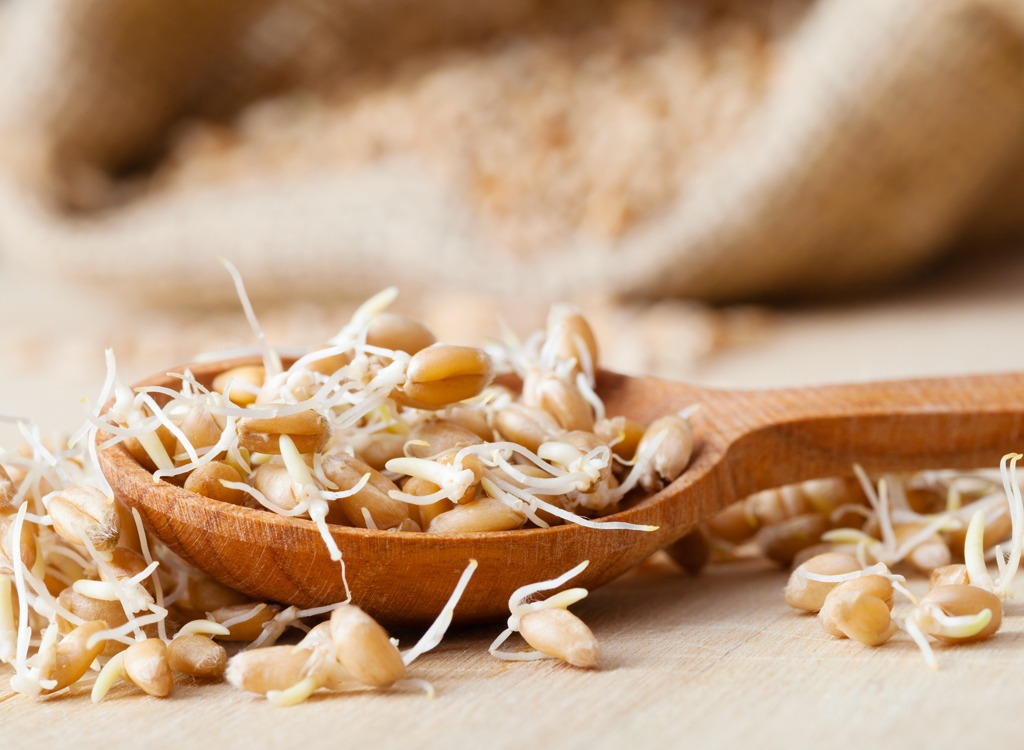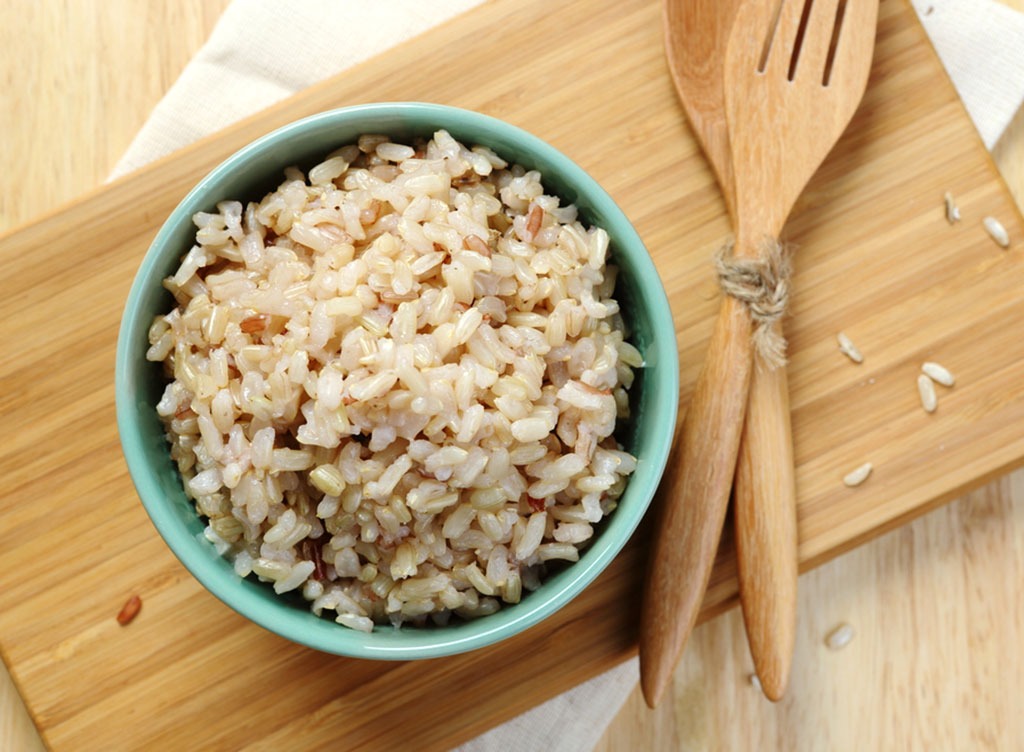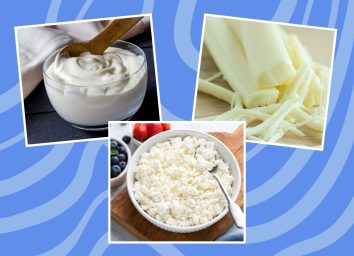The #1 Reason to Order White Rice Instead of Brown

Sure, you hear it all the time: "Choose brown rice over white." When you take a look at brown rice's nutritional attributes, you can see why. Although it contains 10 more calories per cooked serving, whole grain brown rice is higher in metabolism-boosting selenium, higher in bone-strengthening manganese, and, of course, higher in digestion-slowing and belly-filling fiber compared to its polished-grain counterpart.
Despite the countless health benefits of brown rice, there is one reason you might consider filling your bowl with the white grain: arsenic levels.
Recent analyses conducted by the Food and Drug Administration have found that arsenic — an element known to be a carcinogen — is showing up at alarming rates in our beloved brown rice. Now the FDA, EPA, and organizations all around the world are recommending we cut back, and expand our grain varieties.
So, what do you need to know? Read on to get the long-grain low-down.
Why is There Arsenic in Rice?
The rice plant is not considered naturally poisonous, however, the plant itself is very proactive when it comes to absorbing earth's elements out of the soil. One of these happens to be inorganic arsenic. Inorganic arsenic is known to be a human carcinogen — that is, it has been seriously linked to the increased risks of cancer. Not only is inorganic arsenic a carcinogen but it may also be setting up children for other health complications later on in life. A study published in the Current Environmental Health Reports journal found that exposure to arsenic may result in many neurological and cognitive dysfunctions such as learning deficits, memory loss, and even emotional instability disorders.
Why is There More Arsenic in Brown Rice Than White Rice?
Arsenic, it seems, seeps into the layers of a grain. When rice is polished into white rice, the external surface layers are removed, which reduces the total arsenic levels. For brown rice, only the hull (the outermost layer) is removed — leaving arsenic-containing layers.
What's the Problem with Arsenic in Our Food?
"Long-term exposure to high levels of arsenic is associated with higher rates of skin, bladder and lung cancers, as well as heart disease," according to the FDA. Through the agency's Total Diet Study Program it has been able to monitor the total amount of arsenic levels in particular rice products. In 2016, the agency released information regarding arsenic levels in rice-based products. After thoroughly reviewing a multitude of rice-based products the agency concluded that too many products were exceeding safe levels of inorganic arsenic. To put a stop to this, the FDA announced a new set of limits for inorganic arsenic in rice products. By implementing these new limits, the FDA can majorly reduce human exposure to inorganic arsenic.

So… Can You Eat Brown Rice?
Long story short: yes… in moderation.
We reached out to Isabel Smith, MS, RD, CDN, registered dietitian and founder of Isabel Smith Nutrition. She agreed that the levels of arsenic in rice are concerning, but assures the risks can easily be reduced. Smith explains to us over email, "It's important that we don't over consume anything (whether it be healthy or not)."
She suggests that by varying all grains and starches we consume, you can decrease your arsenic exposure. A rule we always follow here at Eat This, Not That! is to never eat too much of one thing — it's always better to have a diet full of variety.
Eat This! Instead:
Barley, oat and multigrain cereals and products are all a safe bet. Although they contain brown rice, this is one of several grains in the product. They're also loaded with a ton of fiber. Watch out for brown rice syrup coating your nutrition bars and brown rice as a base in cereals. Try out some Ezekiel Cinnamon Raisin Sprouted Grain Cereal, Organic Heritage Heirloom Whole Grain Flake Cereal — both are free of brown rice. Instead of brown rice pasta, try pasta made from chickpeas or lentils.
There's no need to panic, adding new foods to your diet is fun and exciting. And remember, even foods we know aren't great for us are fine in moderation. If you're at a party with the choice of chocolate cake or strawberries for dessert, the moderate move is to go for a slim slice of cake but fill the rest of your plate with fiber-rich berries. The same goes for brown rice, just limit while you can so when it's time to dig in there is no added anxiety.








